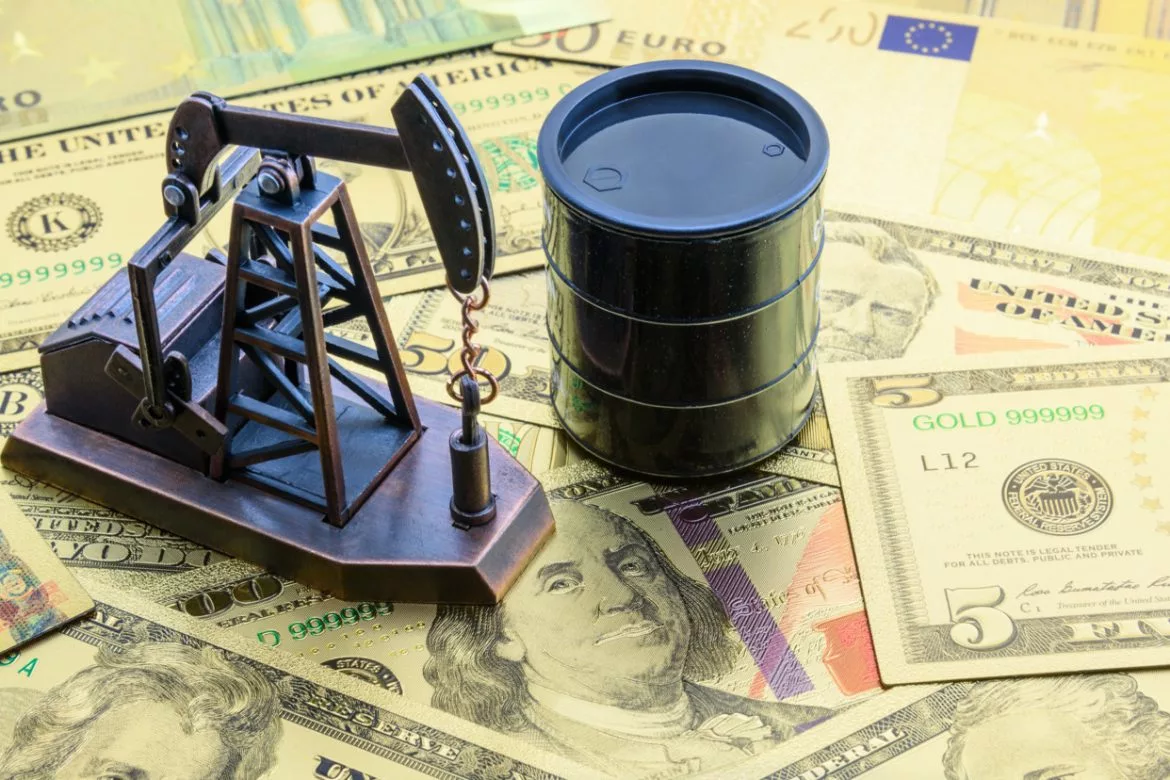Oil prices stabilized following their largest single-day gain in over five weeks, driven by a weaker dollar and a positive sentiment across global markets. Brent crude held above $73 per barrel after a 3.2% surge on Monday, while West Texas Intermediate (WTI) traded near $69.
The dollar’s decline, extending into a third consecutive day, made commodities priced in the currency more affordable for international buyers. Meanwhile, Asian equity markets followed Wall Street’s rally, further bolstering oil’s momentum.
Despite this rebound, oil remains lower for the year amid persistent concerns about Chinese demand weakness and ample global supply. On Monday, WTI’s prompt spread—the difference between its nearest futures contracts—turned bearish, entering a contango structure for the first time since February.
The International Energy Agency (IEA) forecasts a potential surplus of more than 1 million barrels per day in 2025, driven by sluggish Chinese demand. This surplus could expand if OPEC+ proceeds with planned production increases.
“We remain bearish on oil in the mid- to long-term,” said Zhou Mi, an analyst at the Chaos Research Institute in Shanghai. He noted that peaking Chinese demand, combined with OPEC+’s output strategies, raises the risk of a global supply glut.
In geopolitical developments, Lebanon and Hezbollah reportedly accepted a U.S.-brokered ceasefire proposal with Israel, according to Reuters, citing a senior Lebanese official. However, a U.S. official cautioned that negotiations remain ongoing.

